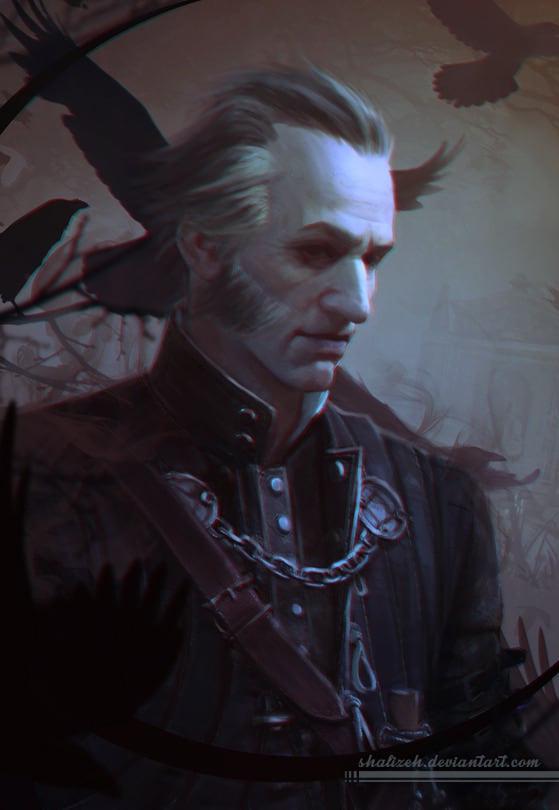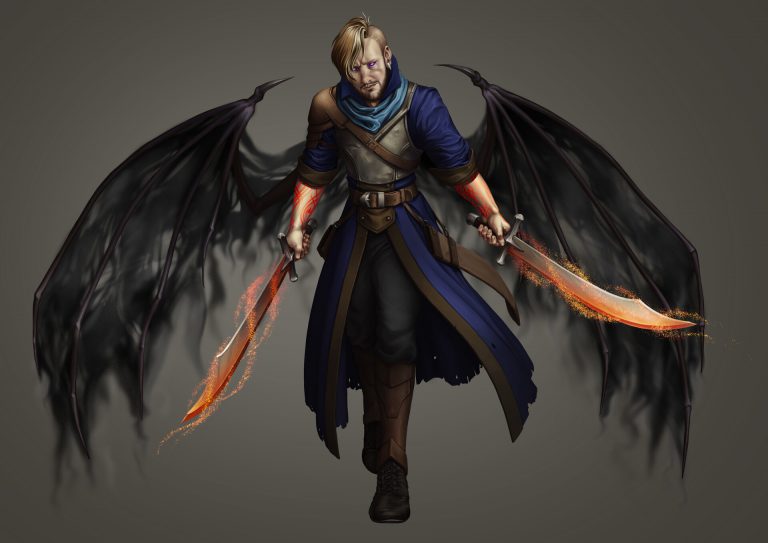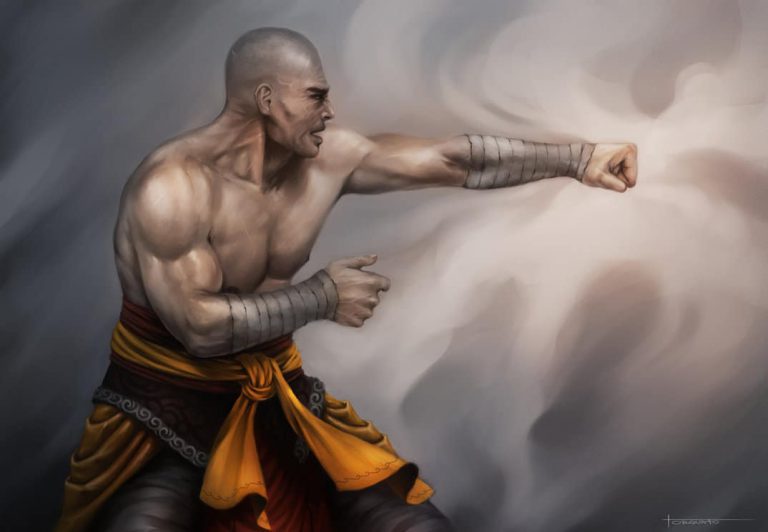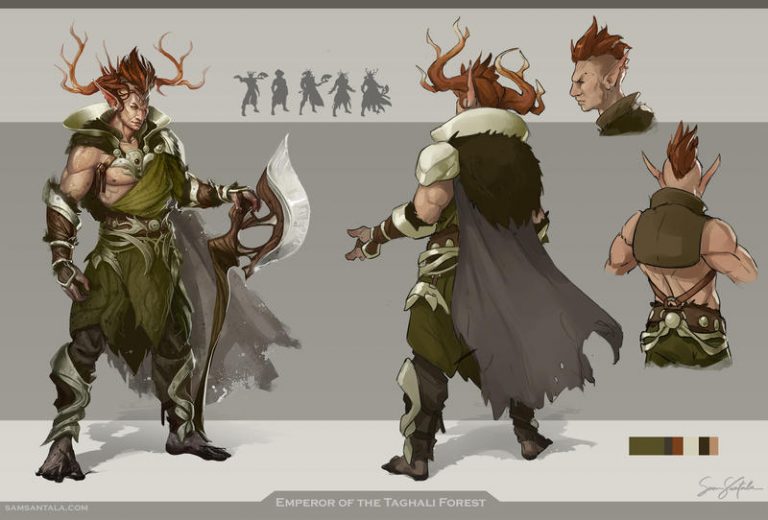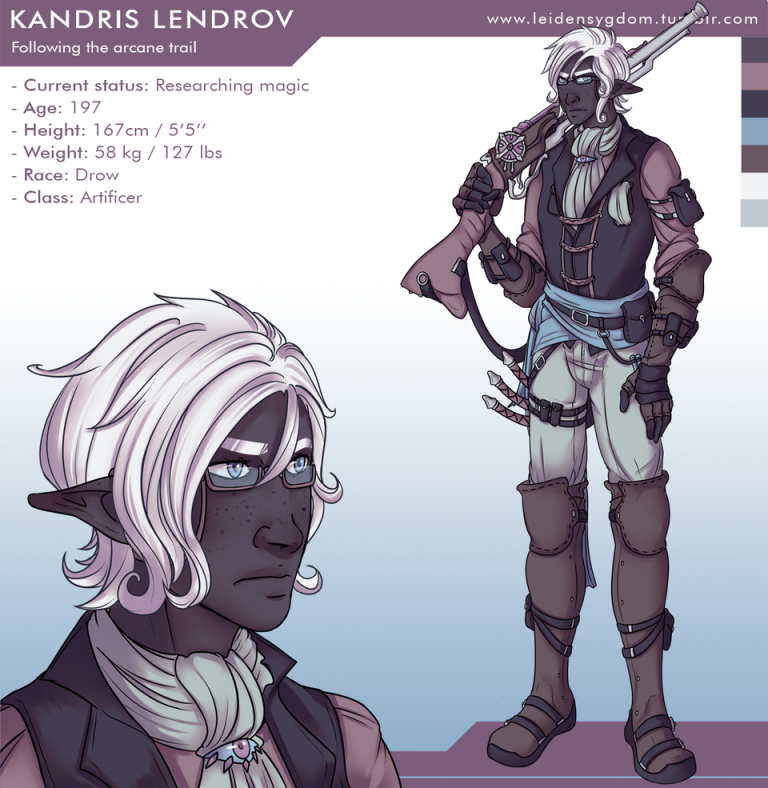D&D 5E: Halfling Warlock Guide

D&D 5E: Halfling Warlock Guide
Throwing out bolts of arcane power, Warlocks are the principal DPS spellcaster. Flexible, easy to build, and fun to play, Warlocks are a great addition to any party.
The Halfling race AND the Warlock class can be found in the Player’s Handbook. Click here to pick up your own copy of The Player’s Handbook!
How to make a Halfling Warlock
The general advice for making a Warlock is easy. Pump CHA as high as possible.
This means if you’re using the standard array, Lightfoot Halflings are the best choice, as it boosts your CHA. If you’re using point buy for stats then Stout Halflings are also an option that offers a nice defensive boost.
Stat Priority
You’re going to want to max out CHA. Everything a Warlock does relies on CHA, in and out of combat. Every Ability Score Improvement should also be put into CHA until it’s at 20 unless you have a very defined plan with your feats and statistics.
Secondary stats should be CON and DEX, for HP and AC. Warlocks aren’t very tanky characters, and you shouldn’t expect to be on the front lines, but you’re still going to take hits and need CON for that all-important concentration save.
Gearing
Realistically, a non-Hexblade Warlock (see below for those) needs no gear except for some light armor and maybe a backup melee weapon. You have the single-best ranged cantrip in the entire game (eldritch blast) and that only gets stronger as you level up.
The gear you get as part of your starting pack should be all you need to get started.
How to play a Halfling Warlock
Halflings make great warlocks. Most Warlocks are going to play as a backline blaster, keeping at ranged and smashing chunks of HPs off of monsters.
Eldritch blast is going to be your bread and butter. It deals more damage than any other ranged cantrip, scales incredibly well with levels and your abilities, has a huge range, and deals force damage, which almost nothing resists. Most Warlocks will rely on this spell as their main tool in every single combat they face.
Balancing this out are your spells. Warlocks don’t cast spells like any other spellcaster. Instead, they get a very limited number of casts per day, but your spell slots automatically scale with your level. That means that your spells will always cast at max level. On top of this, your spell slots refresh every time you take a short rest. Depending on your adventure day and GM, you could cast between 2 and 6 spells per in-game day.
Because their Eldritch Blast is so damage-focused, Warlocks can also build into a great utility character by using their skills and spells for out-of-combat abilities, and skill buffs. With high CHA, they make a naturally great Face, and can comfortably specialize in social skills.
Subclasses:
Warlocks currently have 8 published subclasses:
- The Archfey: Make a pact with the faeries, and use charm and mystery to confound your enemies.
- The Celestial: Make a pact with some sort of holy being, and turn into a Cleric-lite, with buff spells and a pool of healing dice every day.
- The Fathomless: Make a pact with an abyssal sea creature, and control the battlefield with your spells and a clinging, eldritch tentacle.
- The Fiend: Make a pact with a feind (you maniac) and burn your enemies with hellfire, while turning their souls into temporary HP.
- The Genie: Make a pact with a genie, and wield elemental spells, plus you also gain a vessel (like the traditional lamp) that you and your party can hide inside for rests and trickery.
- The Great Old One: Make a pact with Cthulhu’s brother, and reach inside the minds of your friends and foes.
- The Hexblade: Completely changes the character, and needs its own section, which you can find below.
- The Undying: Make a pact with a powerful undead, and take on some of their legendary resilience.
Hexblade Warlocks and you
The Hexblade is a fantastic subclass, and it’s incredibly strong, (maybe a little bit too strong) but it’s so fundamentally different to most other Warlocks that it’s worth talking about on its own.
At its heart, the Hexblade turns your Warlock from a long-range spellcaster into a frontline melee character. It adds proficiencies with more weapons and armor that you’ll need to scrap with enemies up close, and the fact that it lets you use your CHA for attack and damage rolls turns you into a class that’s reliant on a single statistic.
In terms of gear, you’re going to want light or medium armor and a shield. You’re also going to want a melee weapon for the first few levels, at least until you pick up your Blade Pact.

Invocations
At level 2, all Warlocks gain access to invocations. These fundamentally change your character and give Warlocks a huge amount of flexibility.
This guide is too short to go into every single invocation, but they offer cool perks like giving extra skill proficiencies, buffing your spellcasting, or boosting your pact boons.
Warlock Pact Boons
When you hit level 3 as a Warlock, there’s another big choice to make: Which Pact Boon you choose.
This is another powerful ability that can go a long way to defining your character’s role and how they operate. Currently, there are 4 pact boons in the published books:
- Pact of the blade gives you a weapon that is summonable as an action, so you’re never unarmed. Invocations can boost the power of the blade, let you smite like a Paladin, and even turn it into a bow.
- Pact of the chain gives you the most powerful familiar in the game. The 4 choices offer flexibility and RP potential, they’re intelligent, can turn invisible, and even attack. Invocations let you speak to them no matter where they are, and keep them alive when they should be dead.
- Pact of the tome lets you choose 3 cantrips from any class and add them to your spell list, giving your Warlock a huge amount of extra utility or damage options. Invocations let you add rituals and more spellcasting to your daily usage.
- Pact of the talisman is pure utility, offering boosts on failed skills, plus the ability to give your talisman to someone else and let them use some of your abilities, teleport, and more.
The pact you choose will be a big part of your character. Blade pacts are suited for melee and naturally mesh well with the Hexblade. All of the others are strong and useful, so should be chosen based on your party and what you want your character to do.
How to roleplay a Halfling Warlock
The defining roleplay aspect of a Warlock is their pact. Your character has made a contract with an impossibly powerful and unknowable entity. Whether that’s a capricious fey, an infernal demon, or a slumbering old one living outside of this plane of reality.
Ask yourself:
- Why your character would make this pact with such a powerful entity?
- What event in their life would cause them to make a pact of this magnitude?
- What your patron wants from them, and how it affects their life?
It’s also worth thinking about how your Warlock powers manifest. Being a Warlock gives you a lot of creativity in how you present yourself. Are you berobed and tattooed with arcane sigils? A charismatic cult leader? Maybe you hide your powers, afraid of what people might think if they witnessed them?
Backgrounds
When it comes to backgrounds, a Warlock can choose whatever they like. The advantage of your powers coming from a pact with a more powerful entity is that you could have been anyone before the key event where you signed your soul away.
The general advice always stands:
- Pick backgrounds with skills that are focused around your main stats, in this case, CHA, so persuasion or intimidation are great choices. (You already have deception.)
- Choose skills that make sense from an RP perspective.
- Finally, select skills that your party doesn’t otherwise have. If you’re the only CHA character, definitely grab the social skills, as they’re essential in any game that’s not a straight dungeon crawl.



